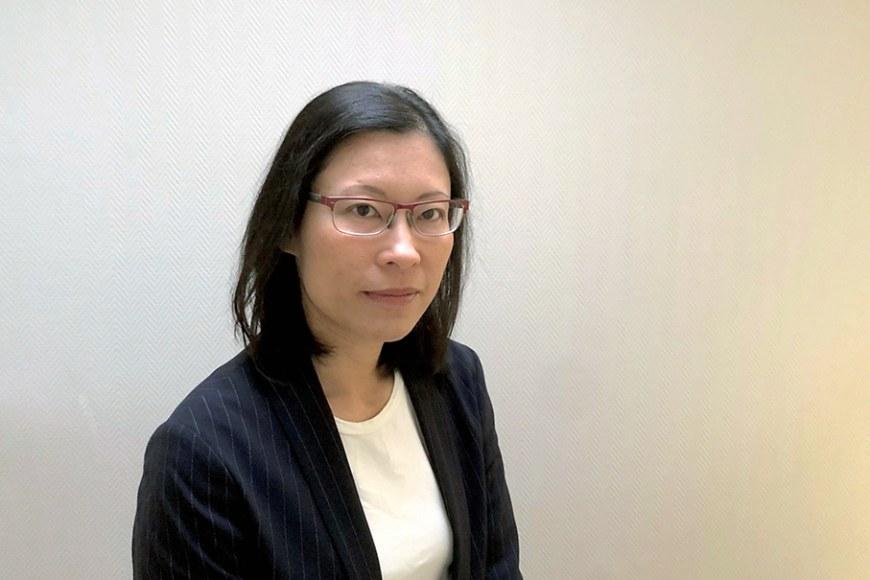
Various learning theories have recommended the use of different hands-on learning tools for mathematics learning. Learning tools can assist learners in developing their understanding of abstract mathematical concepts through multimodality (different modes of representation), e.g., the same mathematics problem presented through texts, pictures, or object manipulation.
Over the last few decades, virtual learning tools, such as tablets, have been increasingly utilised in mathematics classrooms alongside traditional physical tools. However, research findings on the impact of both tool types on students’ learning and achievement are mixed.
In her doctoral research, Lehtonen studied how traditional and virtual learning tools support primary school students’ mathematics learning. She also developed a new technological learning tool that helps primary school students learn mathematics. Lehtonen collected her research data using various research methods, including classroom interventions, interviews, and paper-based tests. Altogether, 18 teachers and 163 students participated in the research.
The initial study indicates that primary school students who used a traditional learning tool learned a new mathematical concept better than their peers who used a tablet app.
“While using the app seems fun and provides students with real-time guidance, students appeared to use it in a rote manner, that is tapping and scrolling a tablet screen without thinking. On the other hand, the physical interaction with the traditional learning tool helped students focus and concretise the concept to be learnt”, says Lehtonen.
Based on her initial research results, in collaboration with a team of computer science students, Lehtonen developed a new kind of learning tool that combines the strengths of physical and virtual learning tools. The developed tool utilises multimodal technology: instead of tapping and scrolling a touch screen, students interact with the developed app by manipulating physical objects.
“The research results demonstrate that the developed technological learning tool supported the mathematics learning of students at different attainment levels. It assists students in expressing their mathematical thinking and interacting with peers. It also motivates them to learn math. Moreover, the new tool helps low- and middle-attaining students develop their understanding of new mathematical concepts, while assisting high-attaining students in checking their calculation”’, Lehtonen highlights.
The researcher emphasises that the successful use of educational technologies requires support from different stakeholders. Pre- and in-service teachers should be trained so that they are able to make use of new technologies for their teaching. Schools should support the acquisition of needed educational technologies, related in-service training, and technology utilisation in classrooms.
Educational technologies should be used because of their contributions to teaching and learning, rather than for the sake of technology. No high-quality and functional learning tools are borne by themselves. The involvement of people with the skills and ability to design and manufacture them is also needed.
Daranee Lehtonen is originally from Thailand. She currently works as a project researcher and project manager in the European Social Fund project, Digital Literacy in Post Pandemic Era.
The doctoral dissertation of MA (Industrial Design) Daranee Lehtonen in the field of educational science titled ‘Now I Get It!’: Developing a Real-World Design Solution for Understanding Equation-Solving Concepts will be publicly examined at the Faculty of Education and Culture of Tampere University at 13 o’clock on Friday 11th February 2022 in the Väinö Linna Auditorium of the Linna Building (Kalevantie 5, Tampere). Docent Lasse Eronen from University of Eastern Finland will be the opponent and Docent Jorma Joutsenlahti from the Faculty of Education and Culture, Tampere University will act as the custos.
The event can be followed via remote connection.
The dissertation is available online at
http://urn.fi/URN:ISBN:978-952-03-2250-2
Photo: Touko Lehtonen
